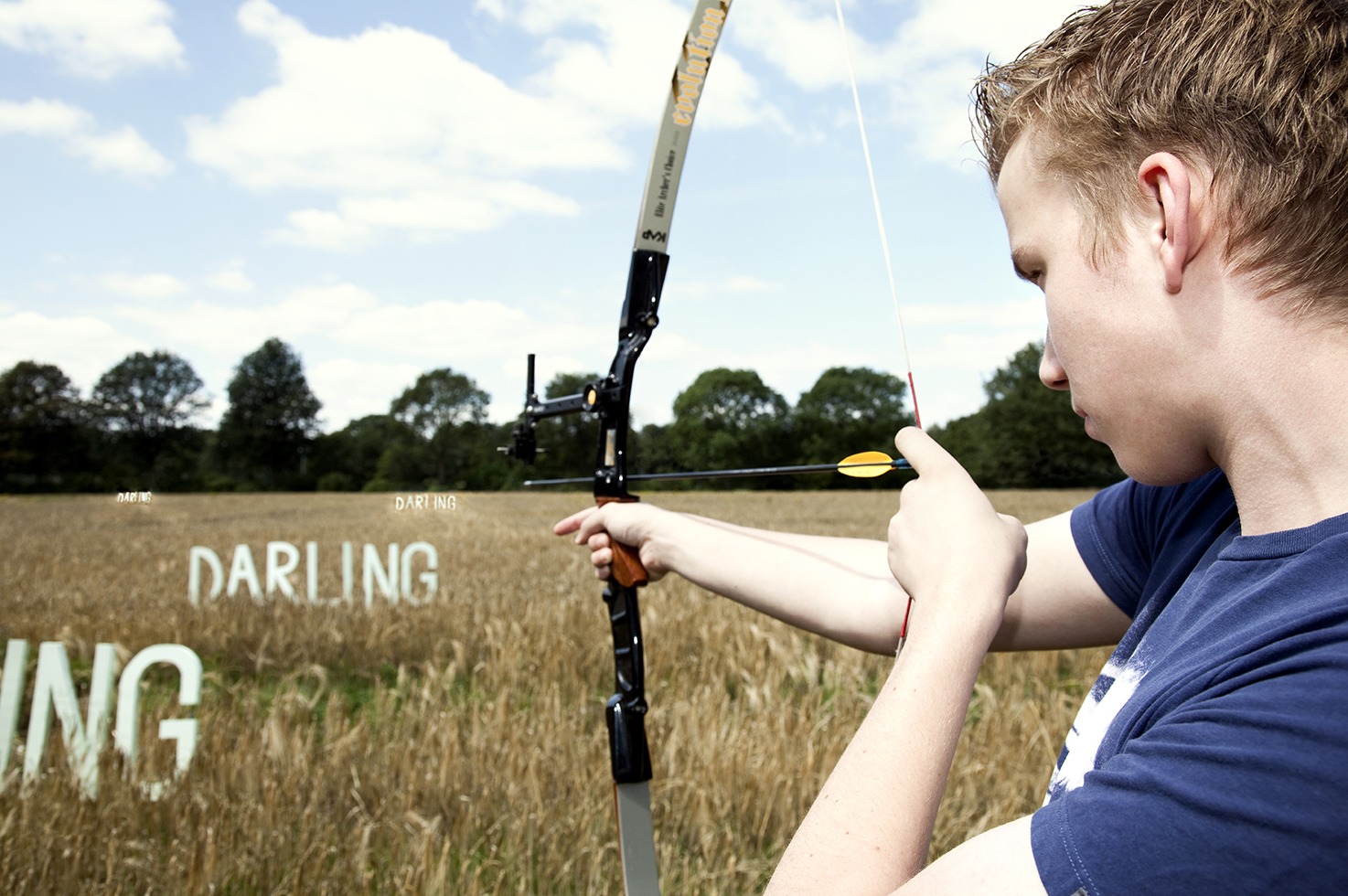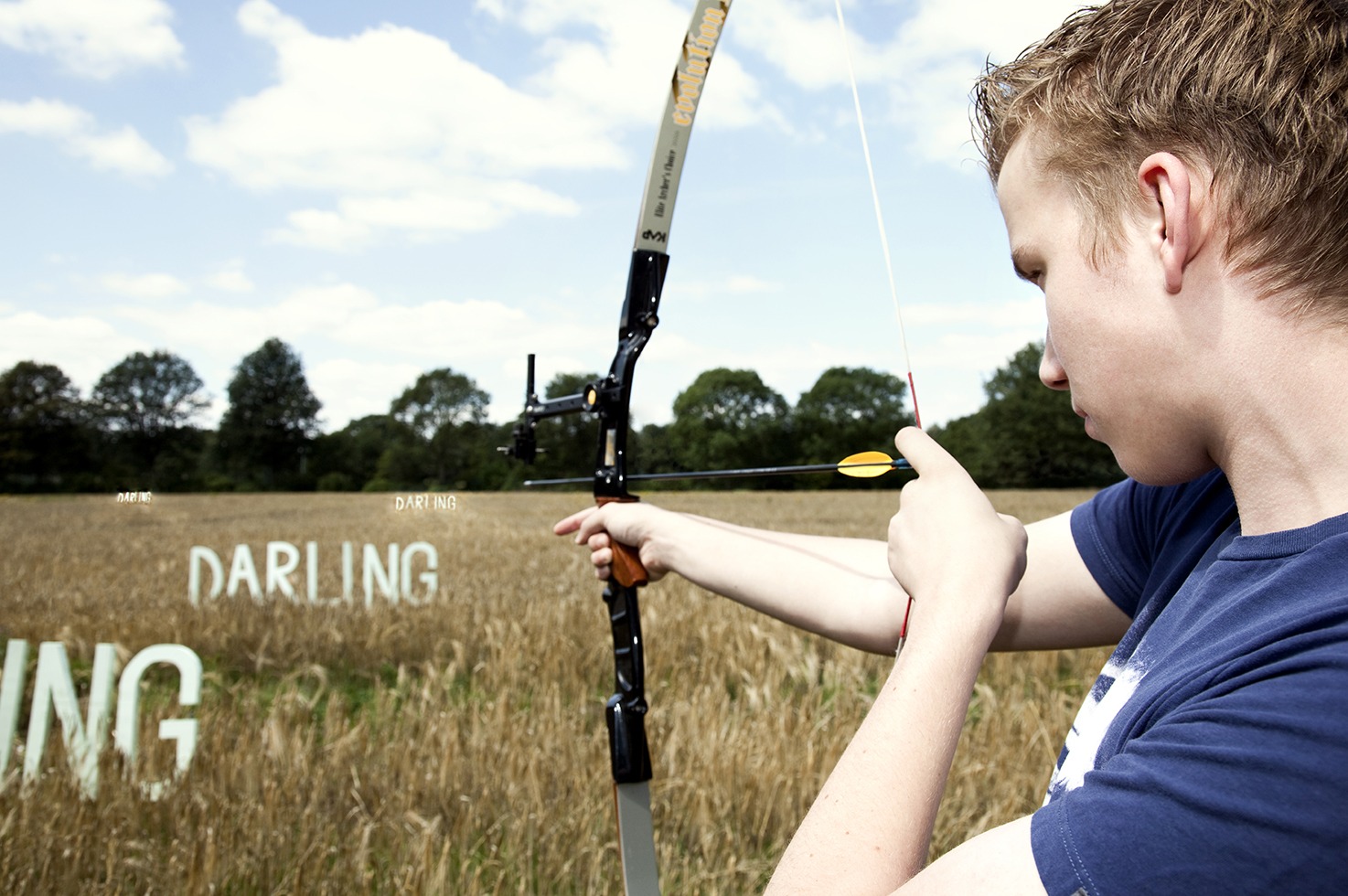*Brand identity
Writing a good brief for the development of visual content

You have a budget, and you want to create unique content. You’re flying Charlize Theron, Eva Mendes, Penelope Cruz, Javier Bardem, and Ryan Gosling to China to photograph them with your product on the glass bridge in Zhangjiajie above the mysterious Wulingyuan landscape. These photos are intended to emphasize your brand message and promise and strengthen your brand identity. Of course, you don’t want anything to go wrong, so writing a good briefing for the photographer, videographer, or media agency organizing the shoot is essential. But how do you go about it? How do you write a good briefing? What should be included? What do you arrange, and what does the other party handle? In short, what does a good briefing consist of?
“A picture is worth a thousand words.”
Facts and figures about visual content
A video on your landing page increases conversion by 86%. Using the word ‘video’ in the subject line of your email campaign increases the open rate by 19% and the click-through rate by 65%. People remember 80% of what they see and do, compared to 20% of what they read and 10% of what they hear. 93% of human communication is non-verbal, 90% of the information processed by our brains is visual information, and its processing is much faster than that of text. (source: Hubspot)
In short, if you want to stand out and be memorable, you need visuals. And good visuals always start with a comprehensive and clear briefing. If you provide a poor briefing, you risk:
- Disappointing results because the creative professional didn’t understand what you were looking for.
- Higher costs; it takes more time to achieve a good result, or you may need to start over.
- Much more time spent (internally).
The Benefits of a Good Brief
What do you do if you lack the in-house expertise or capacity to create that vision? You look for a photographer, filmmaker, or agency to assist you. Any professional you approach will likely have a barrage of questions for you, which can be quite intimidating. Writing a good brief yourself can help you get ahead of this situation.
To avoid misunderstandings and awkward situations, it’s crucial to write a very clear brief detailing your requirements, desires, and expectations.
The ideal scenario is that you provide a filmmaker, photographer, or agency with all the information they need to get started and do what they excel at: producing remarkably good photos and/or films. There are several other advantages to writing a good brief in advance:
- It ensures focus: what is the core message you want to convey?
- It prevents unnecessary revisions or hours worked because everything is addressed correctly and clearly from the start.
- It avoids disputes later on since desires and agreements are clearly stated upfront.
- It allows you to better assess what a photographer, filmmaker, or agency is truly capable of. There’s less room for their own interpretation, and the quality is easier to evaluate. This is all about understanding you as a client, their ability to translate this input into compelling concepts, and their execution thereof.

The ideal briefing for a photographer or filmmaker
Your brief needs to be quite detailed, covering several aspects as specifically as possible. While the brief for a filmmaker might look slightly different from that for a photographer, the foundation remains the same for both. The ideal brief includes:
- The basics: project name, project number, contact person / point of contact, contact details, location (if applicable), date, start and end time (if known), and other specific information.
- Background information about your company: briefly describe your company and what it stands for. What products and/or services do you offer, and who is your current target audience? Where are you coming from, and what do you value (brand promise and core values)?
- Objective of the content being created: Describe why you want to create visual content. Is there a new product? Are you targeting a new audience? Do you want to increase brand awareness or emphasize one of your company’s core values? Explain the rationale behind it.
- Target audience for the content: this may not be the same group as your current customer base. For example, if your volunteer organization currently attracts mainly people over 50, but you want to reach more young people engaged in social issues and interested in volunteering alongside their studies.
- Distribution of the content, what are the channels? Whether you’re making a video for Snapchat or a TV commercial, posting a series of photos on Instagram, or putting up a billboard… you can imagine this makes a difference. Consider if there are multiple expressions and channels and if you want different content created for each.
- Mood, atmosphere, and appearance of the content: What should it convey? For example, light, airy, cheerful, relaxed (suitable for a certain type of organic tea or interior brand) or active, tough, extreme, daring, and bold (Red Bull, sports brands)? It’s often helpful to provide a style guide in this context. This document can detail color use, appearance, dos and don’ts, providing a framework for the creator.
- Considerations / specifics: This could be anything. For instance, will there be text over the image, requiring ‘blank’ space to be reserved? Do you want landscape or portrait images, black and white or color, or a mix? Are there certain people you do not or specifically do want photographed? Consider privacy, weather conditions that need to be accounted for, permissions to enter certain areas, and thus the reserving and picking up of, say, a press pass.
- Autonomy of the creator: Do you already have specific images in mind that must be included? Something that’s very important? Or do you give the creator complete freedom? How far does this freedom extend?
- Volume of content to be produced: How many images should a photographer deliver, and what is the process? For instance, you might receive a selection of 30 low-res, unedited files. The photographer marks 10 A-choices, 10 B-choices, 10 C-choices. From this selection, you choose 10 images. These 10 are fully processed by the photographer/agency and sent back. You may choose up to 7 from these; more are possible but at an additional cost. For a filmmaker, it’s more about the number of films, footage, and their duration.
- Quality standards for the content: Always request high-res images. Reducing size is always possible; enlarging, not so much. If you know the dimensions for use on a website or street poster, ask for the content to be provided in high-res and possibly in that specific size as well. With both video and photography, you deal with file formats and ratios (16:9, 2:3). Determining the type of file is also useful. JPG, EPS, PDF, MP4, AVI: there’s so much. What do you need?
- Desired outcomes: When is it a success? This part might be more for you than the creator. But hey, the creator also prefers that your goal is achieved, and their work is done well. Set targets, such as a 2.5% increase in webshop purchases of a specific sneaker you’re advertising over a year, or a 10% increase in volunteers under 21 within a year, leading to a decrease in the average age of your volunteers. Another goal could be an increase in the number of contact forms submitted via the website or increased brand recognition. In short: what actions and behaviors should your target audience exhibit in response to the visual content?
- Agreements regarding price, timeline, rights, and use of the imagery. Not unimportant, of course. Do you agree on an hourly rate or a total price? What’s the budget? Does this match what the creator is asking? How much time is the creator expected to spend? What is the final deadline? What are the milestones and contact moments? How many rounds of revisions are included? Who holds the copyright, is it unique content (are you buying it outright) or can it be resold? Can the creator use it in their portfolio?
- Agreements in case one of the parties cannot meet the discussed points. Responsibility: At what point in the process does one raise the alarm? If a certain budget is exceeded, if the deadline cannot be met. What are the consequences if the deadline is exceeded, and who is responsible for monitoring the budget?
It took me about 1000 words to explain what a briefing should include, but for the brief itself: the shorter and clearer you write it, the better and faster the photographer, videographer, or agency can grasp the essence.
One last tip: have both parties sign the brief as a starting point. This prevents disputes later on!
